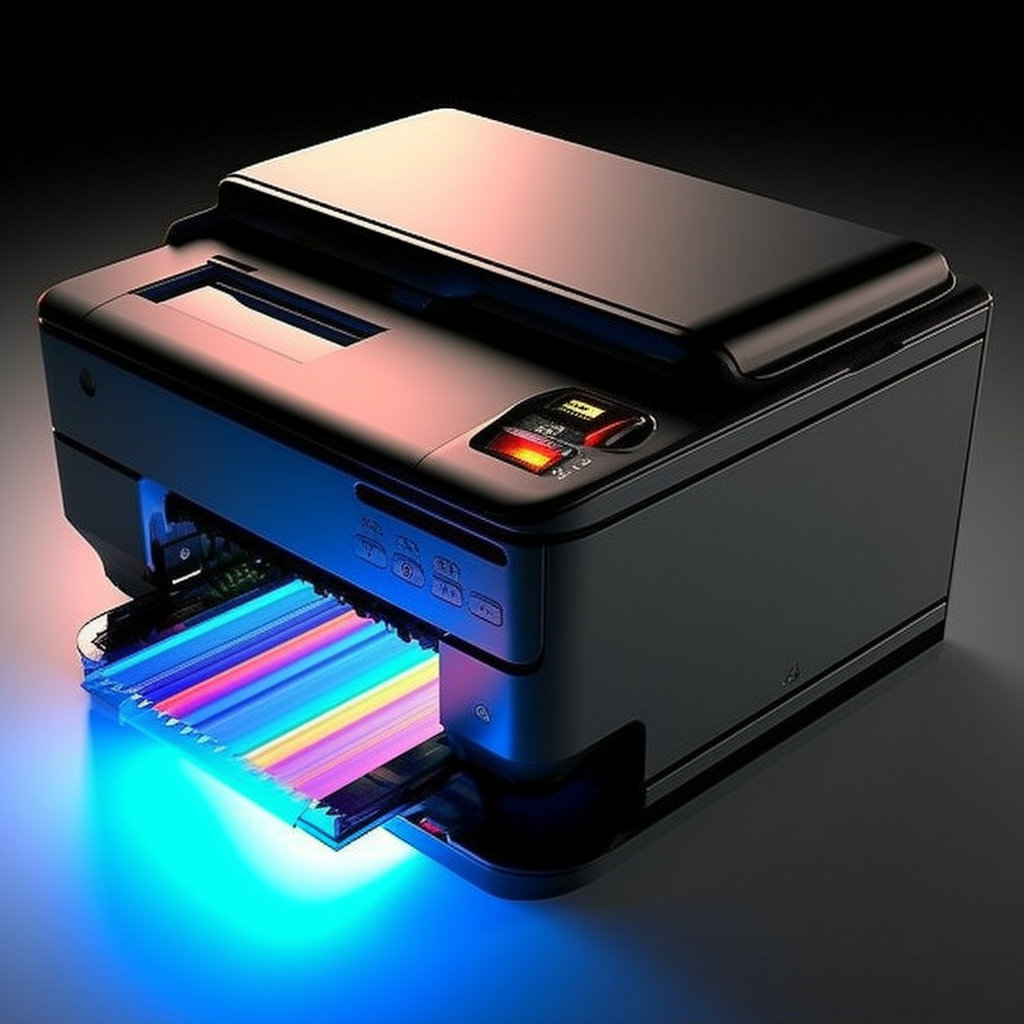
When comparing network printing and wireless printing technologies, here is a more detailed explanation:
Network Printing:
- Stability and Reliability: Network printing uses wired connections, which are generally more stable and reliable compared to wireless connections. Wired connections minimize the risk of signal interference and connection disruptions, making them suitable for high-volume or high-speed printing tasks.
- Speed: Wired networks typically have higher transmission speeds, enabling fast processing of print jobs. This is important for efficient printing in office environments or situations that require a large volume of printing.
- Security: Network printing via wired connections offers higher security, reducing the risk of unauthorized access. Wired connections provide a more secure data transfer, ensuring the confidentiality of print jobs.
- Suitable for Large Office Environments: Network printing is ideal for large office environments that require multiple printers to be shared. It allows centralized management and control of print jobs, providing convenience to multiple users.
Wireless Printing:
- Flexibility and Convenience: Wireless printing eliminates the need for physical connections, providing greater flexibility and convenience. Users can print from any device that supports wireless connections, such as smartphones, tablets, or laptops.
- Mobile Printing: Wireless printing is suitable for situations that require mobile printing. Users can print from anywhere without being confined to a specific location. This is particularly beneficial for users who require on-the-go printing.
- Quick Setup: Wireless printing technology is relatively simple to set up and connect, allowing for quick installation and hassle-free printing.
However, there are some considerations for wireless printing:
- Signal Interference: Wireless signals may be subject to interference from obstacles or other wireless devices, which can affect print quality or connection stability.
- Security: Wireless connections are more susceptible to unauthorized access, necessitating appropriate security measures to protect print jobs and devices.
The best choice depends on individual needs and usage scenarios. If stability, security, and centralized print job management are paramount, particularly in large office environments, network printing may be more suitable. If flexibility, convenience, and mobile printing are key requirements, wireless printing technology may be preferable. Users should weigh various factors and choose the most suitable printing technology based on their needs and preferences.